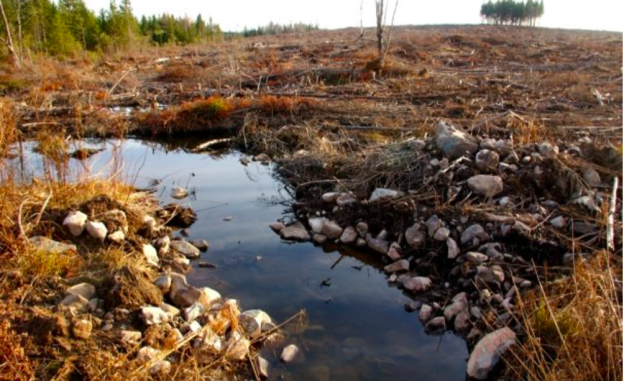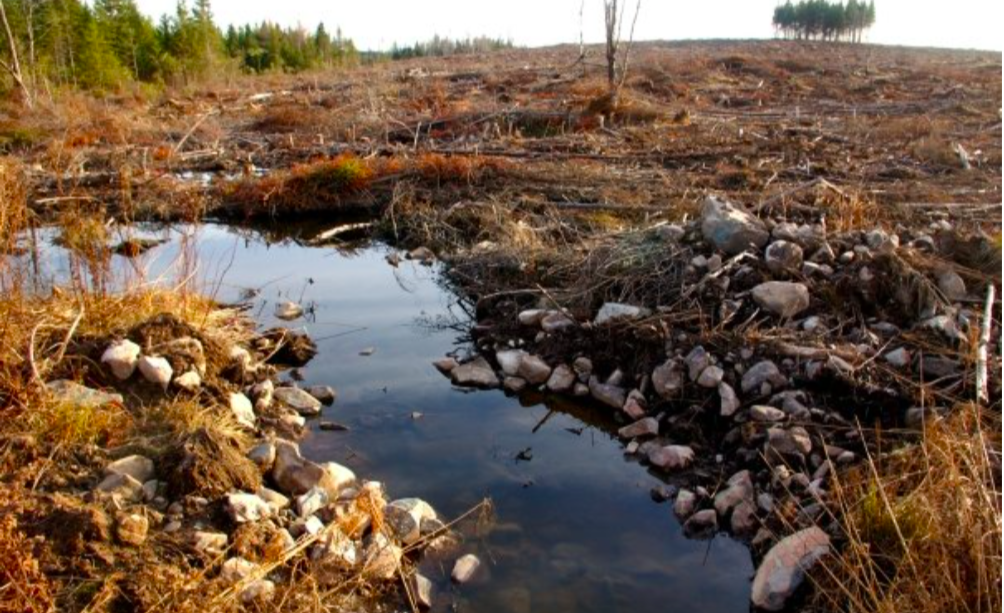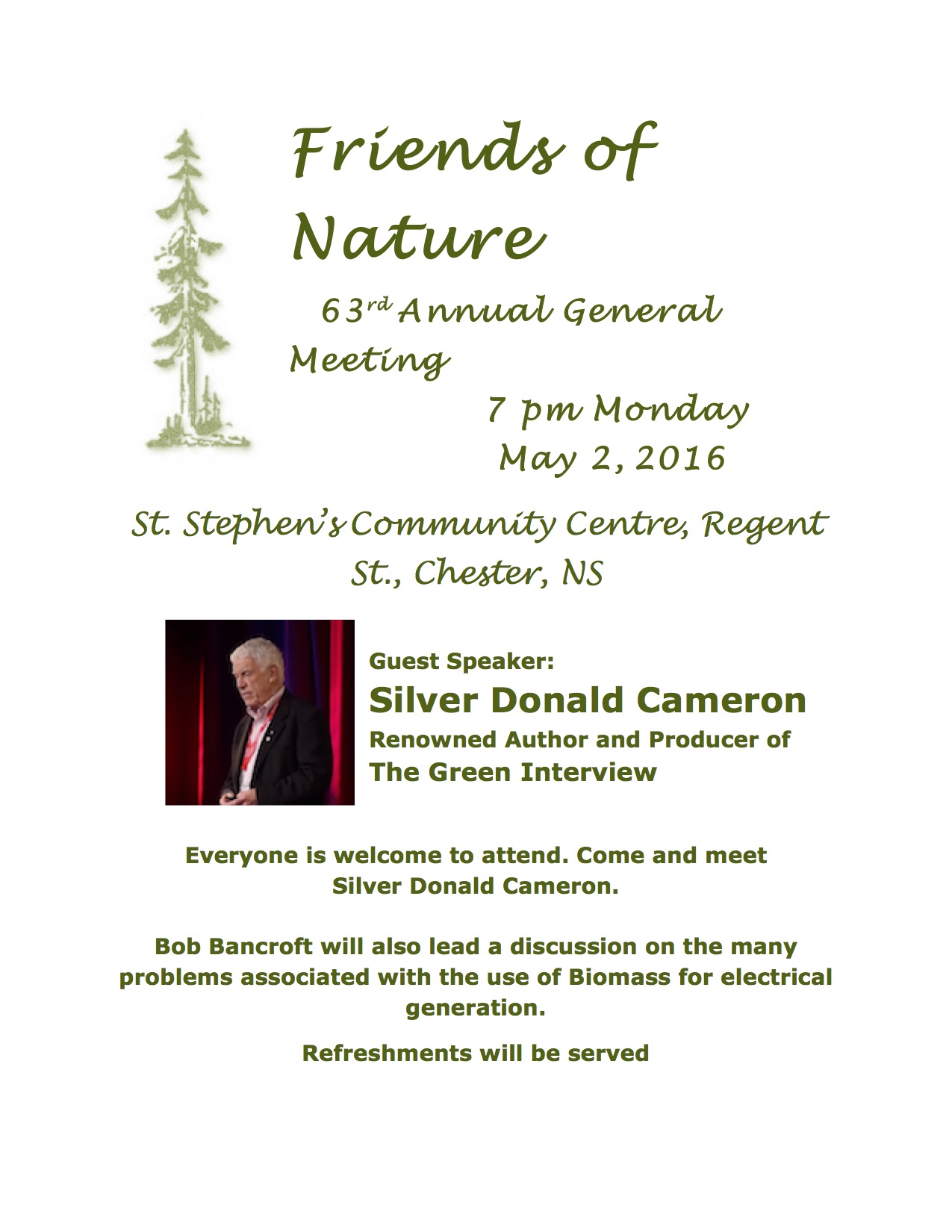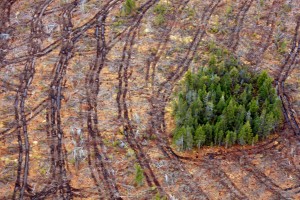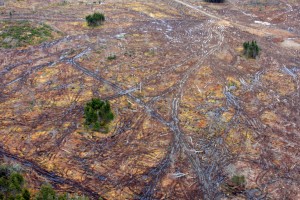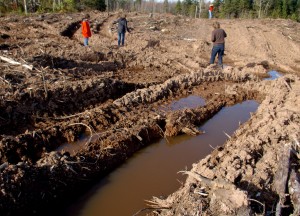Yesterday, December 7, 2017 a delegation from Friends of Nature made a presentation to the Independent Review of Forest Practices, led by Professor Bill Lahey. Our presentation was well received and resulted in a healthy discussion with Mr Lahey.
A copy of our brief is follows . . .
December 7, 2017
Presentation to Bill Lahey
Ken MacRury – Woodlot owner
Brad Armstrong – Conservation Director, Friends of Nature & woodlot owner
Syd Dumaresq –Chair, Friends of Nature
The current state of the forestry in Nova Scotia is reminiscent of the coal and steel industry that existed in the 1950’s and 60’s when valiant efforts on the part of all levels of government were made to save a dying industry that had served its time and was no longer viable. The industry died, not because Nova Scotia ran out of coal but because it was no longer able to compete in the global economy. We suspect that something similar is happening with the forest industry. We believe that both Stora and Bowater saw the future and took the actions they did. Stora moved to Argentina where trees grow five times faster, labour rates are lower, taxes are lower, and supply lines are shorter. The two remaining pulp and paper plants are being propped up with government subsidies which are likely to disappear.
As others have said, in the 1800’s Nova Scotia was producing the finest lumber in North America, for ship building, for export to Europe and the USA; by the early 1900’s the big trees were mostly gone so we started the pulp and paper mills making newsprint, toilet paper and eventually super calendar paper, mostly for export; and in this century the supply of trees has become so constricted that we are reduced to making biomass, mostly for export. The trees for the two remaining paper mills and for the saw mills are being supplied at rock bottom stumpage fees from Crown lands or from private woodlands where supply most often depends on a rural poverty motivator.
Friends of Nature believe the forest industry is dying in its present form, it’s just that most people have not yet realized that fact. Instead of discussing a paradigm shift the discussion is about minor shifts that may or may not extend the current situation.
This province has the capacity to grow wonderful large trees of high value but only if we give the forests time. The race to the bottom is being fueled by a desperate search for profits in an industry that is becoming more uneconomic every year.
A paradigm shift will not be easy or painless, jobs will be lost, companies will go bankrupt, but overall the province will emerge a better place and an industry will be rebuilt. Friends of Nature suggest that the Province should look at the sunsetting of current forestry practices over a long term renewal program for the forest. The first to go should be whole tree harvesting which should immediately stop on all crown lands, next would be clearcutting, say 25 years to be completely eliminated on all crown lands. After that the province would allow only selective harvesting on crown lands with a size or age range for trees harvested.
The main purpose of crown land would be to create a carbon sequestration forest that would be the lungs of the province, taking in carbon and breathing out oxygen.
The province would be able to sell carbon credits derived from the crown lands on a regulated market, which would help finance the transition from machine intensive clear cutting to selective forestry.
Nova Scotia would become a world leader in forestry.
There was a very interesting article in the Herald in November by Soren Bondrup- Nielsen, a retired professor from Acadia, which supplies interesting support documentation for such a radical transformation.
He provides real numbers. When we look at two of them, jobs in the forest industry and volume harvested, we see that employment in the industry has fallen from a high of 12,000 in the late 1990’s to about 5,500 today and we suspect this is still falling. The volume harvested in cubic meters hit a high point in the late 1990’s of six million cubic meters and has decreased to 3.5 million cubic meters in 2016.
Those numbers seem to speak of an industry in rapid decline and would again seem to mirror what happened in the coal and steel industry during its decline and eventual failure. Prof. Bondrup-Nielsen advocates the growth of large diameter trees and carbon sequestration in the forests of Nova Scotia which would allow for a supply of large logs harvested selectively for the value added sawmill industry and the sale of carbon credits under a cap-and-trade system.
Friends of Nature believe those objectives would be supported by most Nova Scotians.
During the transition period noted above we strongly recommend:
• Implementation of FSC certification on all crown lands. The only large amount of
wood left, except on private lands, is in south western NS. This is part of the former Bowater lands that was already FSC certified. With FSC certification we, the public, has input in all the harvest plans ( After all we own the crown lands). FSC is a much better standard of forestry, eg bigger buffers, longer harvest rotations, public input and protection of the forest canopy.
• An immediate halt to forest biomass for generation of electricity
• An immediate reduction of 50% in clearcutting on crown land
• A halt to the export of wood pellets for biomass
• More input from indigenous peoples in forest policy
Friends of Nature Conservation Society

